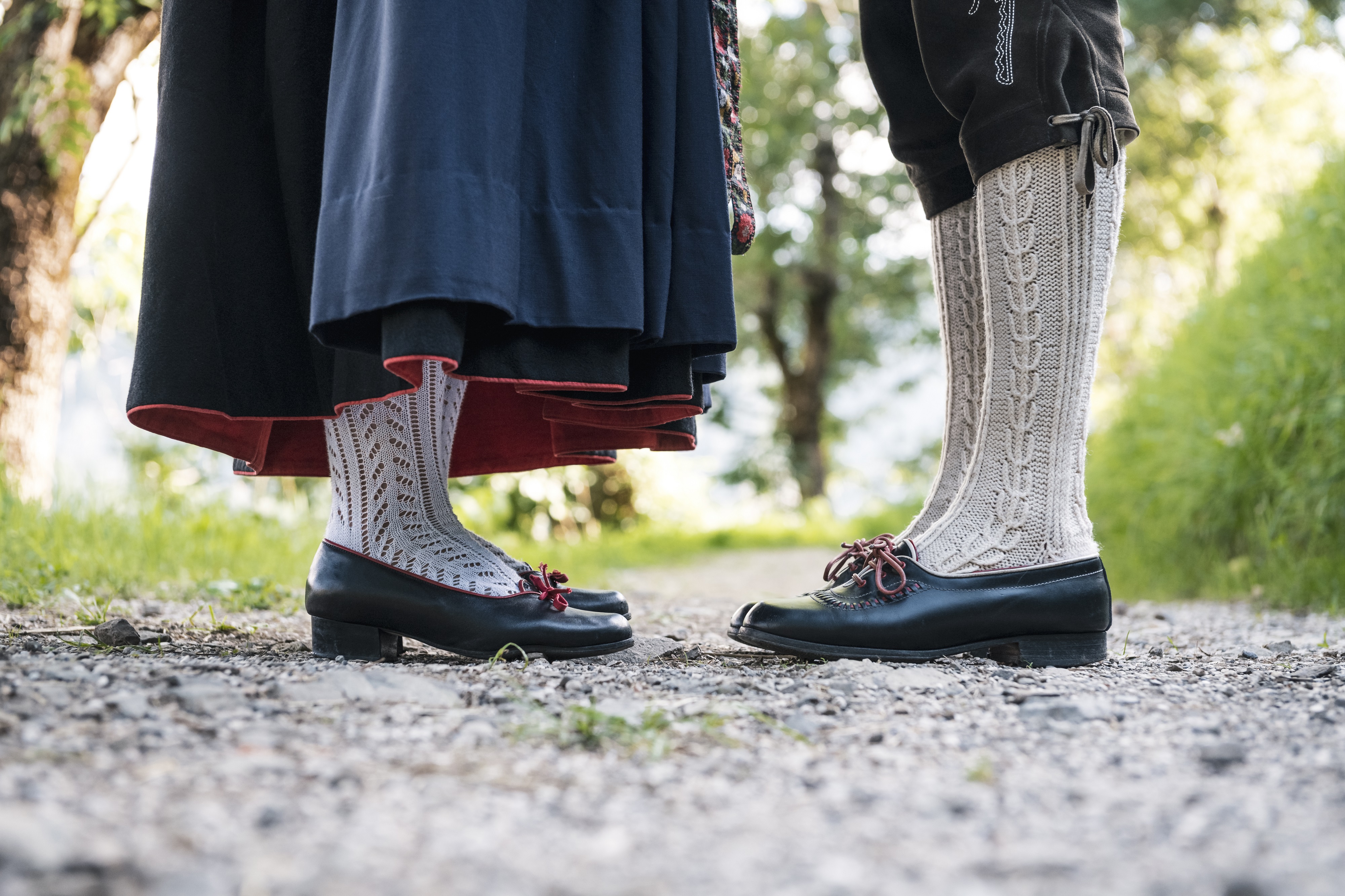Customs create connections
Traditional festivals and rituals make South Tyrol wonderfully rich in tradition
South Tyrolean traditions keep many things alive - our connection to old values and our openness to new ideas. Our lives are shaped by everyday farming life, the landscape and a history that has challenged us time and again. This has let to a cultural diversity that you can hear in the languages, taste on your plate and recognise in our way of life. We cherish our customs because they are part of who we are. When we tie on our blue aprons, put on our traditional dress, light Sacred Heart fires or prepare for the church festival, we remember what binds us together. These rituals convey a sense of identity and add to the richness of the annual cycle of events in villages and towns. At the many traditional festivals, you can feel how much this enduring cultural heritage means to us. And what it means to be South Tyrolean.










